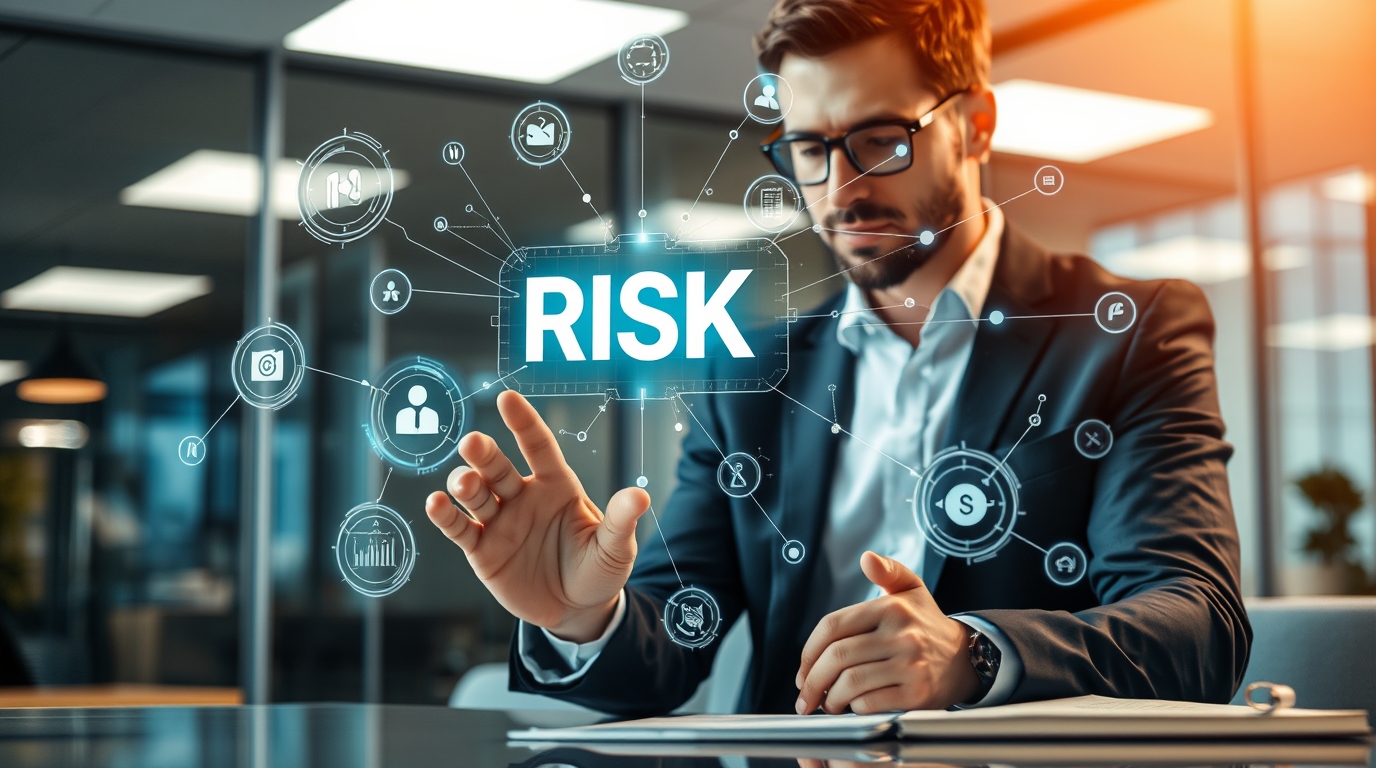
The business landscape has evolved dramatically in recent years, and with it, our approach to risk management must adapt. As we navigate through 2025, business leaders face an increasingly complex web of challenges that extend far beyond traditional operational risks. From rapidly evolving cyber threats to regulatory changes and market disruptions, the need for comprehensive risk management has never been more critical.
The Changing Face of Risk
Traditional risk management focused primarily on financial and operational risks – things we could measure and predict with relative certainty. Today’s risk landscape is far more nuanced. Market disruptions can emerge overnight from unexpected quarters, supply chains remain vulnerable to global events, and cyber threats continue to evolve faster than many organizations can adapt.
But perhaps the most significant shift isn’t in the risks themselves – it’s in how they interconnect. A cybersecurity incident doesn’t just impact your IT systems; it can trigger regulatory violations, damage customer trust, and create lasting reputational damage. This interconnected nature of risk requires a more holistic approach to risk management.
Moving Beyond the Checklist Mentality
One of the most common mistakes I see business leaders make is treating risk management as a compliance exercise – a checklist to complete and file away until next year’s review. This approach is dangerously inadequate in today’s business environment. Risk management needs to be dynamic, proactive, and integrated into every level of business operations.
Consider this: When was the last time your organization’s risk assessment actually influenced a major business decision? If the answer isn’t “our last significant decision,” there’s room for improvement in how you’re approaching risk management.
The Board’s Evolving Role
Boards of directors are increasingly finding themselves at the center of risk management discussions, and for good reason. The consequences of inadequate risk oversight can now extend to personal liability for board members in certain situations. This isn’t about creating fear – it’s about acknowledging the critical importance of proper risk governance.
Effective boards in 2025 need to move beyond simply reviewing risk reports. They should be actively engaged in:
- Setting the organization’s risk appetite
- Ensuring alignment between risk management and business strategy
- Challenging assumptions about identified risks
- Confirming adequate resources are allocated to risk management
Building a Risk-Aware Culture
One of the most effective risk management tools isn’t a technology solution or a framework – it’s your company’s culture. A truly risk-aware culture empowers employees at all levels to identify and raise concerns about potential risks while ensuring they feel safe doing so.
Creating this culture requires more than annual training sessions or policy documents. It needs consistent messaging and modeling from leadership, regular discussions about risk at all levels of the organization, and recognition for employees who proactively identify and address potential risks.
Technology’s Role in Modern Risk Management
While technology shouldn’t be the only focus of your risk management strategy, it plays an increasingly crucial role. Modern risk management platforms can help organizations better identify, assess, and monitor risks in real-time. However, it’s essential to remember that technology is an enabler, not a solution in itself.
The key is finding the right balance between technological solutions and human insight. AI and machine learning can help identify patterns and potential risks faster than any human could, but they can’t replace human judgment in understanding context and making strategic decisions.
Looking Ahead: Preparing for Tomorrow’s Risks
As we move through 2025, several emerging trends are shaping the future of risk management:
The rise of AI-driven risk analysis is providing new tools for identifying and assessing risks, but also creating new categories of risks to manage. Environmental, Social, and Governance (ESG) considerations are becoming increasingly central to risk management strategies. The accelerating pace of regulatory change is requiring more agile and adaptable risk management approaches.
Taking Action: Next Steps for Business Leaders
If you’re looking to enhance your organization’s risk management approach, consider these key steps:
- Conduct a honest assessment of your current risk management practices. Are they truly integrated into business decisions, or are they merely compliance exercises?
- Evaluate your board’s engagement with risk management. Are they actively involved in setting risk appetite and strategy, or simply receiving periodic updates?
- Assess your organization’s risk culture. Do employees feel empowered to raise concerns about potential risks?
- Review your risk management technology stack. Does it provide the insights and capabilities needed for modern risk management?
Remember, effective risk management isn’t about eliminating all risks – it’s about making informed decisions about which risks to accept, which to mitigate, and which to avoid altogether. In today’s business environment, this kind of thoughtful approach to risk isn’t just good practice – it’s a competitive necessity.
Tom Glover is Chief Revenue Officer at Responsive Technology Partners, specializing in cybersecurity and risk management. With over 35 years of experience helping organizations navigate the complex intersection of technology and risk, Tom provides practical insights for business leaders facing today’s security challenges.
Recent Posts
- Regulatory Horizon Scanning – Preparing for Tomorrow’s Compliance Challenges Today
- Security Debt: The Hidden Cost of Postponing Your Cybersecurity Investments
- Strategic Obsolescence: When to Retire Systems That Hold You Back
- Crisis Leadership: Decision-Making Under Pressure When Seconds Count
- Beyond Compliance: Building Security Programs That Actually Work
Eliminate All IT Worries Today!
Do you feel unsafe with your current security system? Are you spending way too much money on business technology? Set up a free 10-minute call today to discuss solutions for your business.
